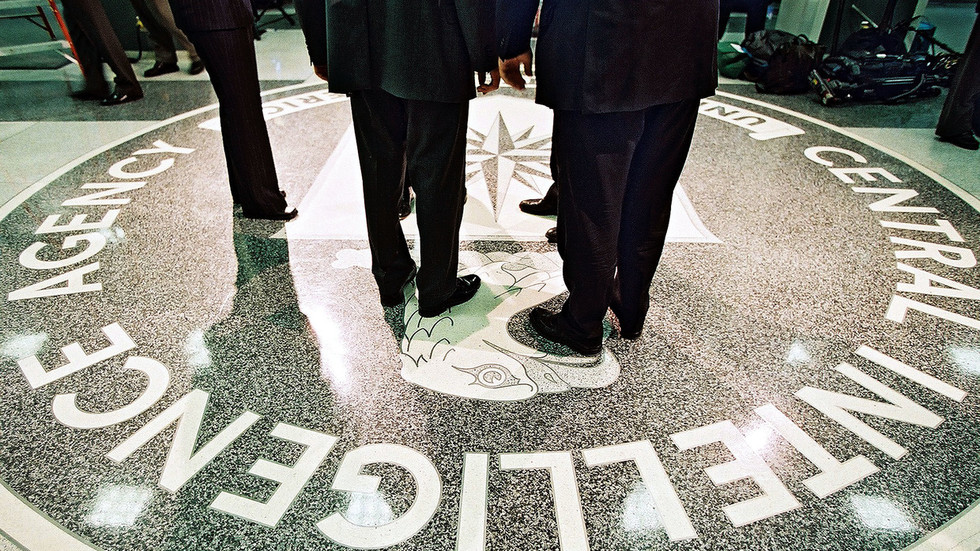The main title sequence in television is a disappearing art form.
In the 1990s, opening titles were a starry but fleeting experience highlighting a cast in quick succession before getting on with the show. In the 2000s, the dawn of prestige television used concise but eye-catching titles to signal an elevated state of creativity. But by the time Patrick Clair entered the industry, something had changed.
“I was lucky enough to really get my break just as streaming was becoming the dominant force and they were all competing with each other to prove they could have the best main titles, so we had some really great years where every big show wanted the biggest, longest main titles,” the title sequence designer tells Variety. “Those years are obviously behind us.”
That’s due, in part, to the addition of the “skip intro” button on streaming services, which allows viewers to pass by the titles and effectively gives studios permission not to invest in them.
“The ‘skip intro’ button simply means that fewer shows will have main titles now,” Clair says. “But the good thing is that it is a very intentional choice for a showrunner to have main titles. If it is there, it is because they want it to be part of the story.”
Apple TV+ is among the streamers that has such a button for viewers. But notably, it also produces main titles for almost all of its series, a commitment that has paid off. Among this year’s six Emmy nominees for main title design, Apple claimed three spots — “Silo,” “Palm Royale” and “Lessons in Chemistry.” Other nominees include Netflix’s “3 Body Problem,” Prime Video’s “Fallout” and FX’s “Shōgun.”
Perhaps even more impressive is Clair, who snagged three of the six nominations in the category this year. In addition to serving as main titles creative director for “Silo,” the 15-time nominee is also recognized for “3 Body Problem” and “Fallout.” He says ensuring main titles are a creative companion to the series’ storytelling is what keeps the art form alive. In creating “Silo’s” opening, his team worked closely with creator Graham Yost to understand the show’s subterranean world where humans retreated hundreds of years ago.

“We looked for examples in the natural world of that kind of complex life existing in an underground place, and we actually looked at ant colonies,” he says. “Ants form really complicated colonies underground that require very intricate social relationships, and we looked at how people have exposed those by pouring metal into abandoned ant colonies and getting these very organic, but strange and weird sculptures. It allowed us to start thinking about this inside-out world where humanity thrives, rises and falls deep underground.”
The resulting title sequence is designed around the silo’s central nervous system, a spiral staircase, which they visually melded with images of spiral columns and strains of DNA. They also found photos of English railway stations from the early 20th century that captured the hazy hordes of thousands of commuters moving to and fro on the platforms.
“You get the impression of thousands of lives being lived in an interconnected way, and that really led us to having this river of ghostly people flowing through the silo and seeing all those generations at once and their impact on the world,” Clair says.
These haunting images are meant to stick with the viewer as they settle into the show, informing the centuries of history embedded in the concrete walls of the claustrophobic setting.
That creative synergy with the show’s identity plays a similarly central role in the creation of Apple’s other nominated main titles. For “Lessons in Chemistry,” creative directors Hazel Baird and Rob Cawdery found inspiration in one of the greatest weapons for progress used by trail-blazing chemist Elizabeth Zott (Brie Larson) — her pencil.
Their concept perfectly complements the show’s zippy theme song, Mildred Bailey’s 1930s tune “Wham [Re-Bop-Boom-Bam],” which they were given at the start of the creative process. “That helps us a lot rhythmically,” Baird says. “Sometimes, you don’t get the music until the last few weeks, which can be challenging. That happened when we did ‘The Morning Show.’”
Being able to create with the music in mind allowed everything to coexist every step of the way.
“The sequence is pretty much a song-and-dance number,” Cawdery says. “We tried to invoke the kinds of numbers from [the 1950s] to make sure the sequence sits comfortably in the time period of the show. So, knowing the music from the beginning and getting all the pencils to sync perfectly was like choreographing a dance.”
The series is based on Bonnie Garmus’ best-selling novel, meaning fans came to the series with high expectations that the titles’ creators embraced. “Certain pencils represent certain interactions and romantic relationships in her life, so there is a range of emotions infused into those movements,” Cawdery says. “We wanted to reward fans straight away and engage others as the series progressed.”
Story-specific designs are also what four-time nominee Ronnie Koff leaned on for his “Palm Royale” concept, which uses simple yet striking illustrations to highlight the social-climbing dramedy’s star-studded cast led by Kristen Wiig. Where some series minimize the actual typography to focus on the visuals, Koff says he changed the order of things. “We brought the credits forward, and all the graphic visuals moved around them,” he says.
“Palm Royale” uses thematically relevant images like pearls, high heels, brightly colored lips and pharmaceuticals, many of which seem random until viewers watch the show. For example, the tail of a whale makes a seemingly arbitrary appearance until Allison Janney’s character tearfully pours her heart out to a beached whale in episode 8.
Koff says rewarding viewers who stick it out through the main titles can help the art form survive in a “skip intro” age. “One of the things that I think makes title sequences live — and live on — is giving them a bit of a sense of humor,” he says. “It is about mining the story for these ideas and allowing the audience to feel satisfied they didn’t skip anything.”
.png)









 English (US) ·
English (US) ·